1. Generous bedding
Straw is one of the cheapest and simplest ways to keep diseases such as scours and watery mouth at bay.
Wet bedding also causes calves or lambs to put more energy into keeping themselves warm, as opposed to growing.
Ample straw should be applied and topped up as needed to keep beds dry.
A simple test to see if the bedding is dry enough is to kneel down for five seconds and then stand up. If your knee is wet, then the bedding is sodden and should be replenished.
2. Frequent removal of dung
Removing used bedding between batches of calves or in individual lambing or calving pens between animals entering them will keep bedding drier, as well as reduce the disease pressure on the pen.
Wet bedding acts as a vector for bacteria, with care needed to thoroughly remove all bedding when pens are being cleaned out.
Understandably, time pressure means that this will not always be done, but, at a minimum, calving and lambing pens should be thoroughly cleaned out after every second cow or ewe uses them, with ample disinfection and straw applied in between.
3. Disinfecting
Simple disinfection methods, such as applying lime, are a sure-fire way to kill harmful bacteria and diseases, especially after pens go through several weeks of use.
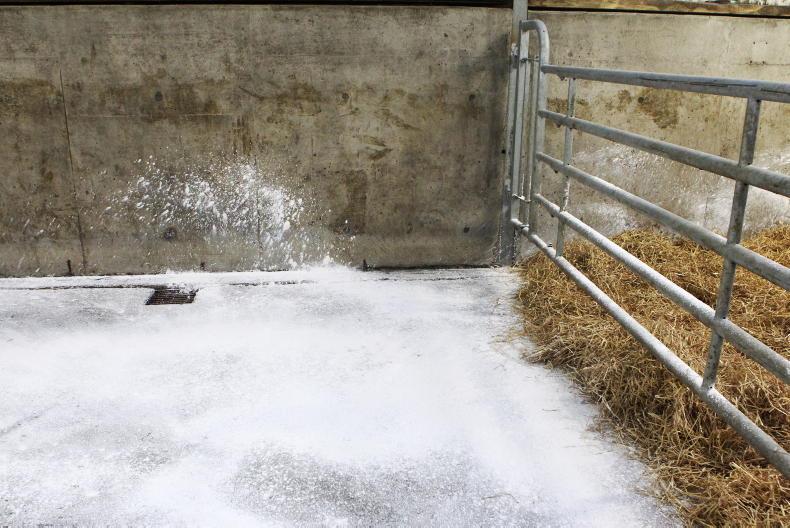
All used bedding should be removed and an appropriate disinfectant such as hydrated lime be applied between cows calving, such as above.
Lime should be applied in between every use of a calving or lambing pen. The floor, walls and all gates and barriers should be thoroughly disinfected.
Sunlight is also a natural disinfectant through drying out pens and leaving them less suited for bacterial growth, so opening doors to allow it inside to dry out pens is also encouraged.
4. Power washing
When time allows, power washing is particularly effective at removing the last of any dung or bedding attached to walls, gates and floors.
Power washing can work well alongside disinfection, but pens should be allowed to fully dry out after power washing to prevent bedding become wet, which may limit its usefulness, depending on the pressure on penning.
Care should be taken not to wet the bedding in adjoining pens as well.
5. On-off grazing
When weather allows, on-off grazing of freshly calved cows or freshly lambed ewes will reduce disease pressure on housing simply through removing animals for a few hours each day.
It will also ease the transition for cows and ewes’ rumens to a grass diet.
Stock can be turned out in the morning and brought back in at night or, if infrastructure allows, they can have free access to either a paddock or indoors.
1. Generous bedding
Straw is one of the cheapest and simplest ways to keep diseases such as scours and watery mouth at bay.
Wet bedding also causes calves or lambs to put more energy into keeping themselves warm, as opposed to growing.
Ample straw should be applied and topped up as needed to keep beds dry.
A simple test to see if the bedding is dry enough is to kneel down for five seconds and then stand up. If your knee is wet, then the bedding is sodden and should be replenished.
2. Frequent removal of dung
Removing used bedding between batches of calves or in individual lambing or calving pens between animals entering them will keep bedding drier, as well as reduce the disease pressure on the pen.
Wet bedding acts as a vector for bacteria, with care needed to thoroughly remove all bedding when pens are being cleaned out.
Understandably, time pressure means that this will not always be done, but, at a minimum, calving and lambing pens should be thoroughly cleaned out after every second cow or ewe uses them, with ample disinfection and straw applied in between.
3. Disinfecting
Simple disinfection methods, such as applying lime, are a sure-fire way to kill harmful bacteria and diseases, especially after pens go through several weeks of use.

All used bedding should be removed and an appropriate disinfectant such as hydrated lime be applied between cows calving, such as above.
Lime should be applied in between every use of a calving or lambing pen. The floor, walls and all gates and barriers should be thoroughly disinfected.
Sunlight is also a natural disinfectant through drying out pens and leaving them less suited for bacterial growth, so opening doors to allow it inside to dry out pens is also encouraged.
4. Power washing
When time allows, power washing is particularly effective at removing the last of any dung or bedding attached to walls, gates and floors.
Power washing can work well alongside disinfection, but pens should be allowed to fully dry out after power washing to prevent bedding become wet, which may limit its usefulness, depending on the pressure on penning.
Care should be taken not to wet the bedding in adjoining pens as well.
5. On-off grazing
When weather allows, on-off grazing of freshly calved cows or freshly lambed ewes will reduce disease pressure on housing simply through removing animals for a few hours each day.
It will also ease the transition for cows and ewes’ rumens to a grass diet.
Stock can be turned out in the morning and brought back in at night or, if infrastructure allows, they can have free access to either a paddock or indoors.






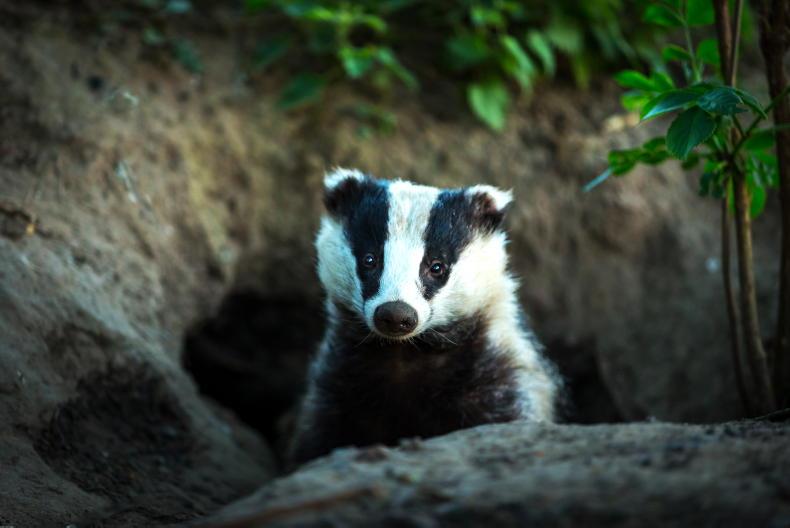
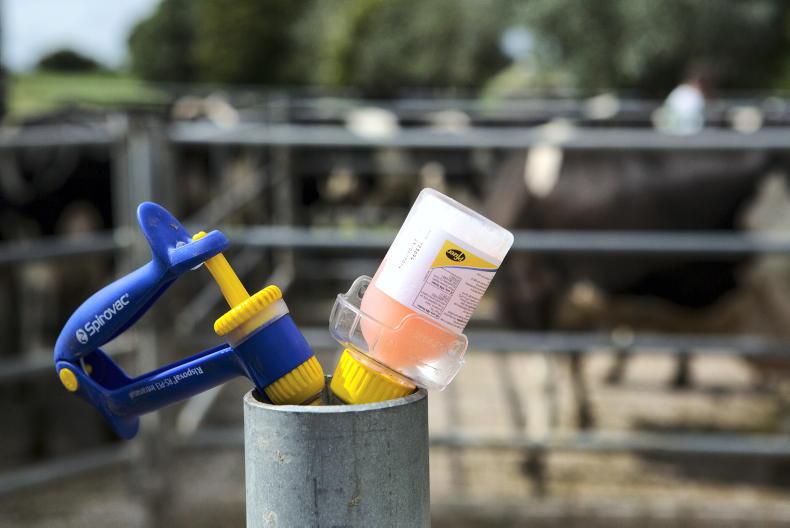
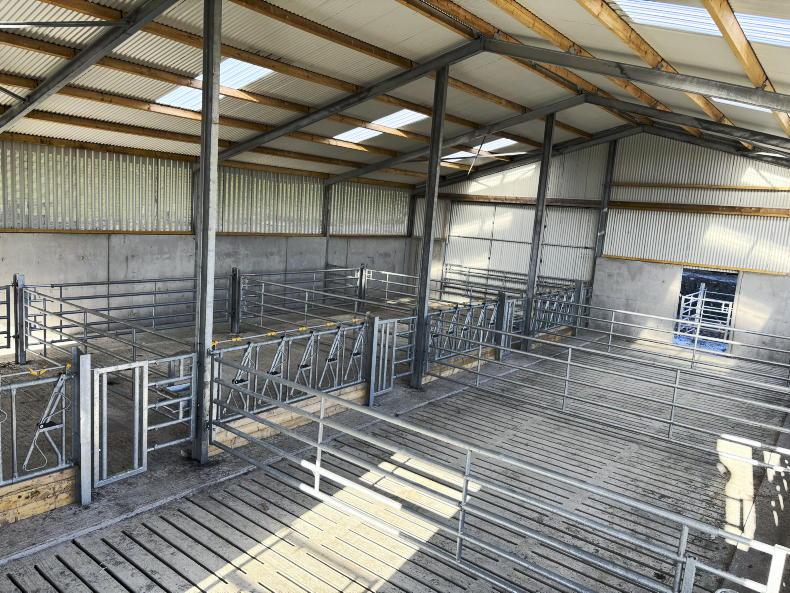
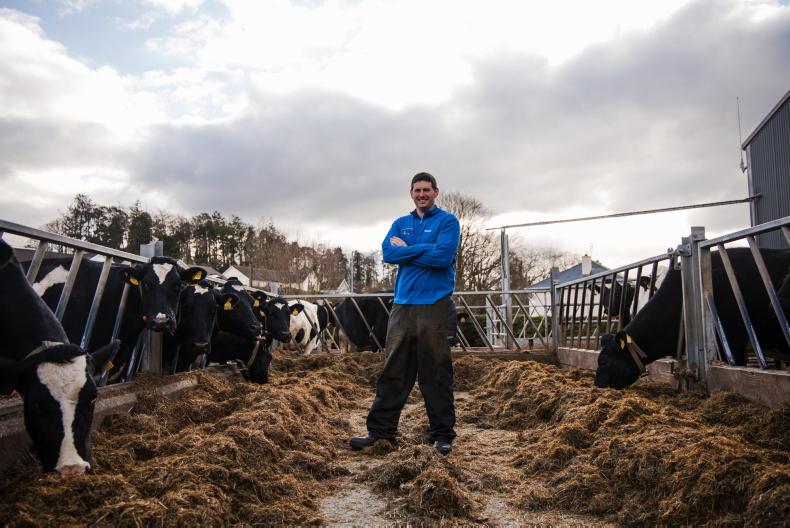
SHARING OPTIONS